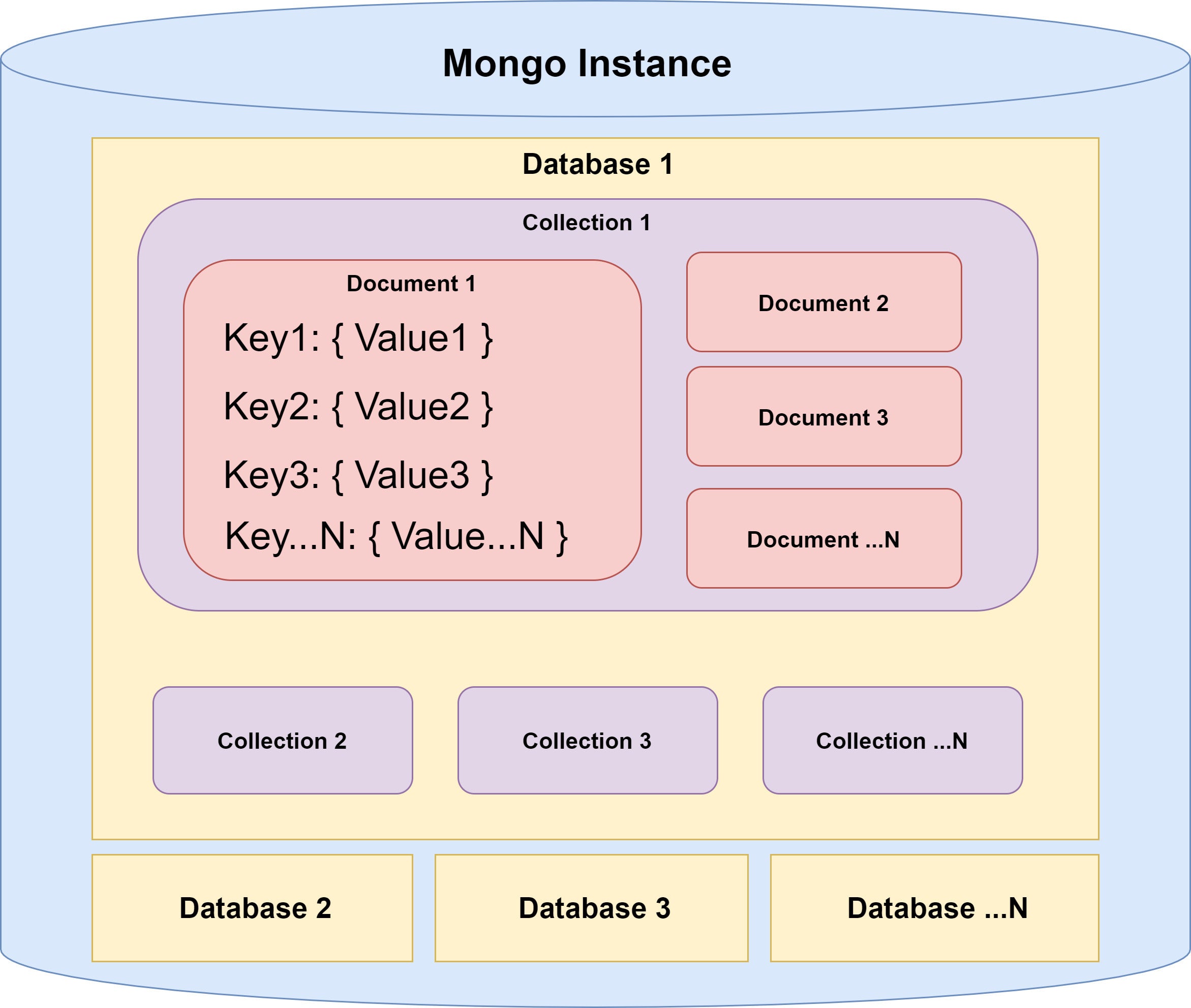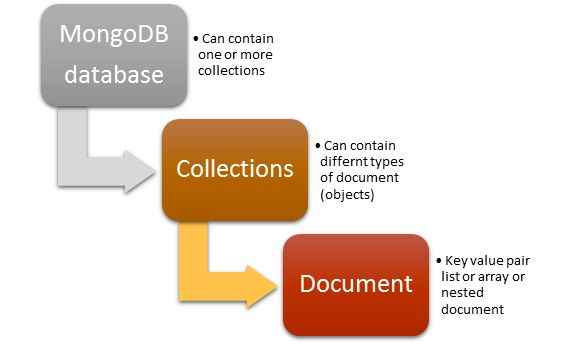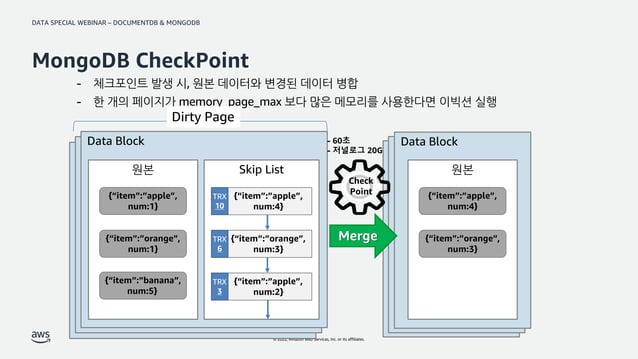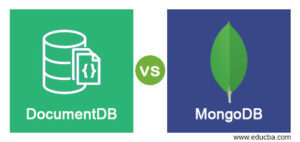DocumentDB and MongoDB: An Overview
DocumentDB and MongoDB are two popular NoSQL databases that store data in a flexible, JSON-like format. While they share similarities in their document-oriented data model, there are differences in terms of features, performance, and use cases. DocumentDB, a managed database service by Amazon Web Services (AWS), offers seamless integration with other AWS services and supports ACID transactions. On the other hand, MongoDB, an open-source database, is known for its horizontal scalability, high availability, and robust ecosystem.
DocumentDB: Key Features and Benefits
Amazon DocumentDB is a NoSQL database service that uses a document-oriented data model, similar to MongoDB. DocumentDB is fully managed by AWS, offering seamless integration with other AWS services and automatic scaling, making it an attractive option for organizations already using AWS.
One of DocumentDB’s primary benefits is its support for ACID transactions, ensuring data consistency and reliability. This feature is particularly important for applications that require strong data consistency, such as financial systems or e-commerce platforms. Additionally, DocumentDB offers high performance, with fast read and write capabilities, and the ability to handle large amounts of data with ease.
DocumentDB’s compatibility with the MongoDB API allows developers to use their existing MongoDB skills and tools, simplifying the migration process and reducing the learning curve. Furthermore, DocumentDB offers automatic backups, point-in-time recovery, and replication across multiple availability zones, ensuring high availability and durability.
MongoDB: Key Features and Benefits
MongoDB is a popular NoSQL database known for its flexible, document-oriented data model and high performance. MongoDB offers horizontal scalability, enabling organizations to distribute data across multiple servers and handle large amounts of data with ease.
One of MongoDB’s primary benefits is its support for geospatial indexing, which allows developers to perform complex spatial queries and analyze geographical data. This feature is particularly useful for applications that require location-based functionality, such as ride-sharing platforms or mapping services.
MongoDB also offers a robust aggregation framework, which enables developers to perform complex data transformations and analysis. This feature is useful for applications that require real-time data processing and analysis, such as log analysis or IoT applications.
MongoDB is an open-source database, which means that it is free to use and customize. Additionally, MongoDB has a large and active community, which provides extensive documentation, tutorials, and support resources. This community-driven approach enables developers to learn and collaborate, fostering innovation and creativity.
DocumentDB vs MongoDB: Performance Comparison
When comparing the performance of DocumentDB and MongoDB, it is essential to consider various benchmarks and use cases. Both databases offer high performance and low latency, but their strengths and weaknesses vary depending on the workload and use case.
According to a performance benchmark conducted by AWS, DocumentDB outperforms MongoDB in read-heavy workloads. DocumentDB achieved a throughput of 1.4 million read operations per second, while MongoDB achieved a throughput of 900,000 read operations per second. This difference in performance is due to DocumentDB’s optimized storage layer and caching mechanisms.
However, MongoDB excels in write-heavy workloads. MongoDB’s horizontal scalability enables it to distribute data across multiple servers, which allows it to handle large amounts of data and high write loads. In contrast, DocumentDB’s write performance decreases as the amount of data increases, making it less suitable for write-heavy workloads.
When it comes to latency, both databases offer low latency, but DocumentDB has a slight advantage. DocumentDB’s optimized storage layer and caching mechanisms enable it to achieve lower latency than MongoDB, making it an attractive option for real-time applications and use cases.
In conclusion, when comparing the performance of DocumentDB and MongoDB, it is essential to consider the workload and use case. DocumentDB outperforms MongoDB in read-heavy workloads, while MongoDB excels in write-heavy workloads. Additionally, DocumentDB has a slight advantage in latency, making it an attractive option for real-time applications and use cases.
DocumentDB vs MongoDB: Pricing and Cost Considerations
When evaluating the cost-effectiveness and value proposition of DocumentDB and MongoDB, it is essential to consider the pricing models, workloads, and use cases. Both databases offer different pricing models, which can impact the overall cost and value proposition.
DocumentDB is a fully managed database service provided by AWS, and its pricing model is based on the instance type, storage size, and usage. DocumentDB offers various instance types, ranging from small to large, which can impact the overall cost. Additionally, DocumentDB charges for data transfer and backup storage, which can add to the overall cost.
On the other hand, MongoDB offers a flexible pricing model, with options for self-managed and fully managed services. MongoDB’s self-managed pricing model is based on the server type, storage size, and usage. In contrast, MongoDB Atlas, the fully managed service, offers a more straightforward pricing model based on the cluster size, storage size, and usage. MongoDB Atlas also offers a free tier, which can be an attractive option for small projects and proof-of-concepts.
When comparing the cost-effectiveness and value proposition of DocumentDB and MongoDB, it is essential to consider the workload and use case. DocumentDB can be more cost-effective for read-heavy workloads, while MongoDB can be more cost-effective for write-heavy workloads. Additionally, MongoDB Atlas can be a more cost-effective option for small projects and proof-of-concepts, while DocumentDB can be a more attractive option for large-scale, enterprise applications.
In conclusion, when evaluating the cost-effectiveness and value proposition of DocumentDB and MongoDB, it is essential to consider the pricing models, workloads, and use cases. DocumentDB can be more cost-effective for read-heavy workloads, while MongoDB can be more cost-effective for write-heavy workloads. Additionally, MongoDB Atlas can be a more attractive option for small projects and proof-of-concepts, while DocumentDB can be a more attractive option for large-scale, enterprise applications.
DocumentDB vs MongoDB: Use Cases and Best Practices
DocumentDB and MongoDB are both popular NoSQL databases with document-oriented data models, but they have different use cases and best practices. Understanding these differences can help developers and organizations choose the right database for their needs.
DocumentDB is a fully managed database service provided by AWS, and it is best suited for applications that require high availability, scalability, and performance. DocumentDB is a great option for applications that require strong consistency, as it supports ACID transactions. Additionally, DocumentDB is a good fit for applications that require integration with other AWS services, such as Lambda, DynamoDB, and S3.
MongoDB, on the other hand, is a popular open-source NoSQL database with a large and active community. MongoDB is best suited for applications that require horizontal scalability and high availability. MongoDB is a great option for applications that require sharding, as it supports automatic sharding and data distribution across multiple servers. Additionally, MongoDB is a good fit for applications that require real-time data processing and analytics, as it supports geospatial indexing and aggregation framework.
Here are some examples and case studies to illustrate the real-world applications of DocumentDB and MongoDB:
- DocumentDB: A media company used DocumentDB to build a serverless video processing pipeline that could handle millions of concurrent streams. DocumentDB’s scalability and performance enabled the company to process and deliver videos in real-time, improving user engagement and satisfaction.
- MongoDB: A social media platform used MongoDB to build a real-time analytics pipeline that could handle billions of events per day. MongoDB’s geospatial indexing and aggregation framework enabled the platform to analyze user behavior and preferences in real-time, improving user engagement and monetization.
In conclusion, DocumentDB and MongoDB have different use cases and best practices. DocumentDB is best suited for applications that require high availability, scalability, and performance, while MongoDB is best suited for applications that require horizontal scalability and high availability. By understanding these differences, developers and organizations can choose the right database for their needs and achieve their business objectives.
How to Choose Between DocumentDB and MongoDB
Choosing between DocumentDB and MongoDB can be challenging, as both databases have similarities in terms of data models and features. However, there are some factors that developers and organizations should consider when making a decision, such as data model, scalability, performance, cost, and use case.
Data Model
Both DocumentDB and MongoDB have document-oriented data models, which allow for flexible and dynamic schema design. However, DocumentDB supports a subset of the MongoDB API, which means that some features and functionality may not be available. Developers should consider the specific data model requirements of their application and ensure that DocumentDB or MongoDB can meet those needs.
Scalability
MongoDB is known for its horizontal scalability, which allows for automatic sharding and data distribution across multiple servers. DocumentDB, on the other hand, is a fully managed database service provided by AWS, and it offers automatic scaling and replication for high availability and durability. Developers should consider the scalability requirements of their application and choose the database that can meet those needs.
Performance
DocumentDB and MongoDB have different performance characteristics, and developers should consider the specific performance requirements of their application. DocumentDB has been shown to have better read performance than MongoDB, while MongoDB has been shown to have better write performance than DocumentDB. Developers should choose the database that can meet the performance needs of their application.
Cost
The cost of DocumentDB and MongoDB can vary depending on the specific workload and use case. DocumentDB is a fully managed database service provided by AWS, and it offers on-demand pricing and reserved instances. MongoDB, on the other hand, offers a range of pricing options, including self-managed and fully managed services. Developers should consider the cost implications of each database and choose the one that offers the best value proposition for their specific workload and use case.
Use Case
The specific use case of the application can also influence the choice between DocumentDB and MongoDB. DocumentDB is a good fit for applications that require high availability, scalability, and performance, as well as integration with other AWS services. MongoDB, on the other hand, is a good fit for applications that require horizontal scalability and high availability, as well as real-time data processing and analytics. Developers should choose the database that is best suited for the specific use case of their application.
In conclusion, choosing between DocumentDB and MongoDB requires careful consideration of several factors, including data model, scalability, performance, cost, and use case. By evaluating these factors, developers and organizations can make an informed decision and choose the database that is best suited for their specific needs.
Conclusion: DocumentDB vs MongoDB
DocumentDB and MongoDB are two popular NoSQL databases that offer document-oriented data models and flexible schema design. While both databases have similarities, they also have differences in terms of scalability, performance, cost, and use case. In this comparative analysis, we have discussed the key features and benefits of DocumentDB and MongoDB, compared their performance, analyzed their pricing models, and provided a decision framework for choosing between the two databases.
When it comes to performance, DocumentDB has been shown to have better read performance than MongoDB, while MongoDB has been shown to have better write performance than DocumentDB. However, the specific performance requirements of an application will depend on the workload and use case. Developers should carefully evaluate the performance characteristics of each database and choose the one that best meets their needs.
In terms of cost, DocumentDB is a fully managed database service provided by AWS, and it offers on-demand pricing and reserved instances. MongoDB, on the other hand, offers a range of pricing options, including self-managed and fully managed services. Developers should consider the cost implications of each database and choose the one that offers the best value proposition for their specific workload and use case.
When it comes to use case, DocumentDB is a good fit for applications that require high availability, scalability, and performance, as well as integration with other AWS services. MongoDB, on the other hand, is a good fit for applications that require horizontal scalability and high availability, as well as real-time data processing and analytics. Developers should choose the database that is best suited for the specific use case of their application.
In conclusion, choosing between DocumentDB and MongoDB requires careful consideration of several factors, including data model, scalability, performance, cost, and use case. By evaluating these factors, developers and organizations can make an informed decision and choose the database that is best suited for their specific needs. Whether you choose DocumentDB or MongoDB, both databases offer powerful features and benefits that can help you build scalable, high-performance applications.







